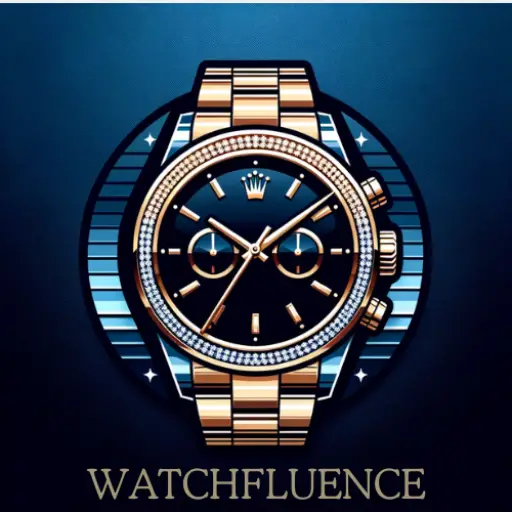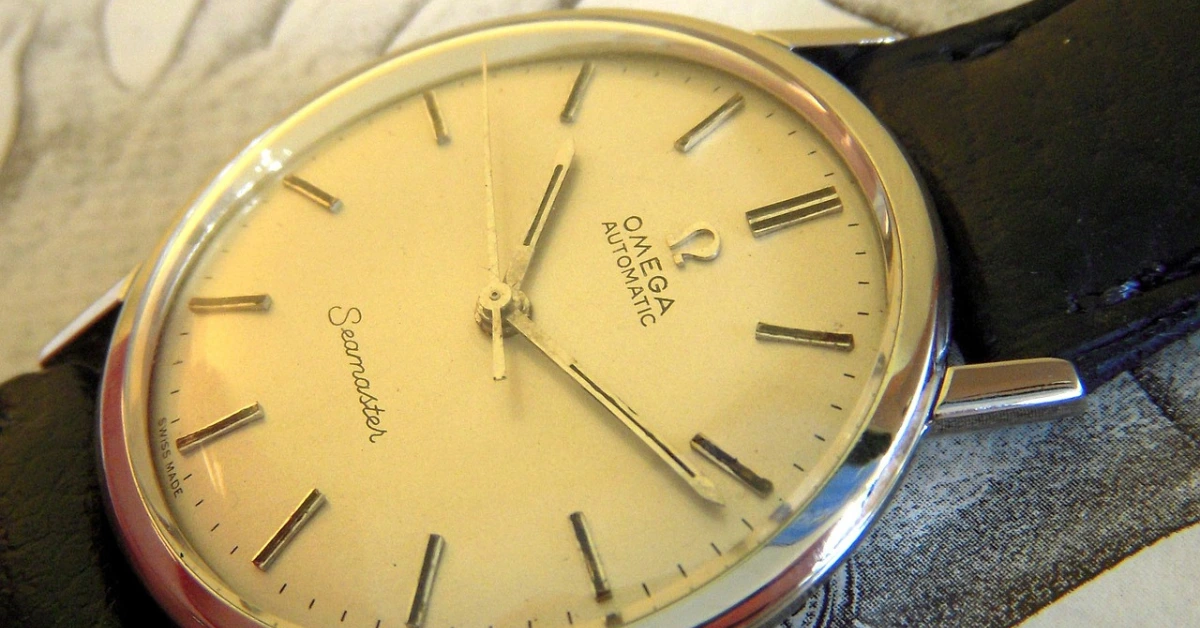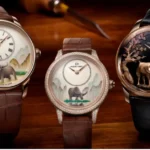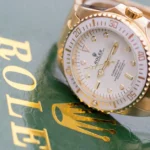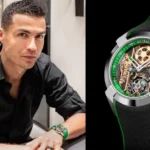When we talk about horology and the art of watchmaking, Omega stands as a pillar of excellence with a heritage that fascinates collectors and enthusiasts alike. Diving into the realm of rare Omega watches uncovers a history rich with innovation and prestige. These watches aren’t just timekeepers; they are symbols of moments in history, with some models reflecting significant achievements in sports, space exploration, and technological advances.
The vintage Omega Speedmaster, for instance, is often celebrated for its role in space missions, earning it the nickname “Moonwatch.” Beyond this famed model, Omega has produced an array of watches that have captured the attention of collectors. From classic dress watches that exude elegance to robust dive watches that have weathered the depths of the sea, Omega’s catalog is a trove of diverse and collectible timepieces.
History and Legacy of Omega Watches
Let us explore the pivotal moments that have cemented Omega’s status in the annals of timekeeping.
The Birth of Omega: Louis Brandt and the Pocket Watch Movement
In 1848, Louis Brandt laid the foundation for what would become a horological empire with his workbench in La Chaux-de-Fonds, Switzerland. Here, the legacy of Omega began with the meticulous craftsmanship of pocket watches—a movement that forever changed the landscape of watchmaking.
Omega in Space Travel: NASA and the Moonwatch
The 1960s witnessed a remarkable partnership between Omega and NASA, leading to the creation of the iconic Speedmaster — affectionately dubbed the Moonwatch. As NASA‘s choice for all manned space missions, this watch became a symbol of reliability and precision beyond Earth’s confines, epitomizing Omega’s innovative spirit.
Omega at the Olympics: Official Timekeeper
Omega has proudly served as the Official Timekeeper of the Olympic Games since 1932, bearing witness to some of the greatest records in sports history. With unparalleled expertise in timekeeping, Omega has been instrumental in capturing the precision of athletic prowess at the Olympic Games.
Notable Models and Collections
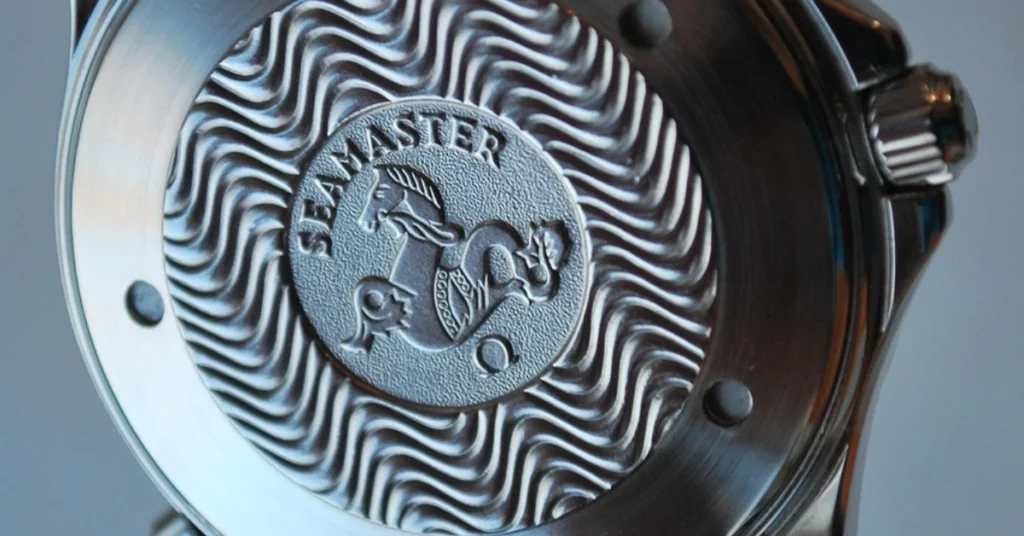
The timepieces we ourselves are most proud of are the robust Seamaster series, the legendary Speedmaster chronographs, and the sophisticated Constellation and De Villelines. Each holds a significant place in horology, and here we’ll explore the collections that have not only defined our brand but have also set a benchmark in the watchmaking industry.
The Seamaster Series
- Seamaster Aqua Terra: Known for its versatility and classic design.
- Vintage Seamaster Models: A nod to Omega’s maritime legacy with enduring mechanical integrity.
The Seamaster series, launched in 1948, became synonymous with durability and precision. It’s especially celebrated for its aquatic prowess. The Seamaster Aqua Terra, a modern iteration, blends a sleek design with our time-tested craftsmanship—a tribute to Omega’s nautical heritage.
The Speedmaster Chronographs
- 1957 Speedmaster: The original model that started the legacy.
- Speedmaster 125: A commemorative edition marking Omega’s 125th anniversary.
- Speedmaster Reduced: A slightly smaller version, retaining the classic charm.
Our Speedmaster chronographs have an unparalleled history, most notably as the first watch on the moon in 1969. The original 1957 Speedmaster set the bar high for its successors, like the Speedmaster 125, a bold watch celebrating our anniversary. The Speedmaster Reduced caters to those who prefer a more compact version without compromising on the distinctive Speedmaster aesthetic.
The Constellation and De Ville Lines
- Constellation: Characterized by its star motif and observatory emblem.
- De Ville: Epitomizes elegance with a more classic, dress-watch appearance.
The Constellation and De Ville lines are our answers to those seeking refined elegance and traditional watchmaking. The Constellation, easily identified by its signature star and observatory logo, represents Omega’s commitment to accuracy and quality. On the other hand, the De Ville series stands out for its sophisticated styling, becoming an emblem of classic urbanity.
Identifying Rare and Collectible Omega Watches
Among their storied collections, certain rare models and limited editions stand out, coveted by collectors around the globe.
Limited Editions and Special Series
Omega is renowned for crafting limited editions and special series timepieces that resonate with collectors. The Omega Speedmaster Moonwatch is a striking example, especially those released in commemoration of space missions or significant anniversaries. Each piece in these series is often marked with unique case numbers and special engravings that speak to their exclusivity and historical significance. For instance:
- Omega Speedmaster Apollo 11, 50th Anniversary: A contemporary re-imagining of the classic Moonwatch.
- Omega Seamaster 1948: A salute to Omega’s maritime legacy with a limited run.
Role of Serial Numbers in Authentication
The serial number is a crucial marker in authenticating and identifying an Omega watch. Especially for vintage Omega watches, the serial number can guide us to its production date and authenticity. Here’s a brief breakdown of what these numbers provide:
- Placement: Located on the movement or the case back.
- Information: It pinpoints the watch’s manufacturing year.
The rarest Omegas, such as the Memomatic or the most expensive Omega watch ever sold, often carry serial numbers denoting very early production or extremely limited quantities, elevating their status among collectors. Ensure the serial number on your Omega matches the official records to verify its heritage.
Market Insights and Investment Potential
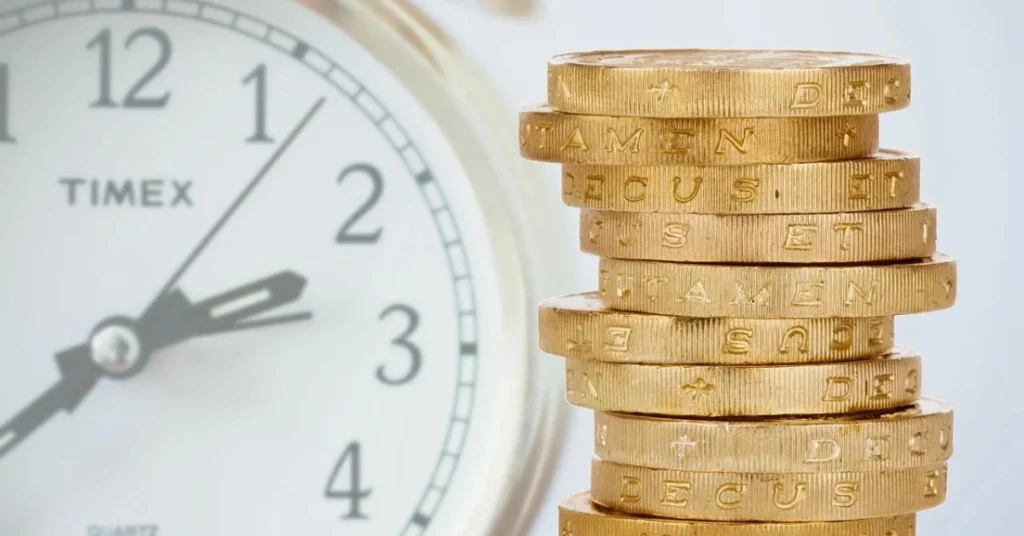
Omega watches stand out for their remarkable auction records and consistent resale value. These factors make them a focal point for collectors and investors alike.
Auction Records and Resale Value
Hong Kong often plays host to prestigious Omega watch auctions where bidders push the limits, striving to claim the rarest pieces. Here, at renowned auction houses like Phillips, records are set, demonstrating the investment potential of these horological marvels. For example, certain vintage Speedmasters have fetched sums far exceeding their original retail price, setting a benchmark for their collectible value.
- Recent Auction Highlight: A rare Omega Speedmaster from the 1970s sold in Hong Kong for a price multiples higher than its estimate.
Choosing the Right Omega for Investment
When considering Omega watches as an investment, knowing which models to target is crucial.
- Expensive and Limited Editions: Watches that are limited in production tend to appreciate in value more significantly.
- Buy It Now Options: Sometimes, the best investments are found on the secondary market, where a ‘Buy It Now’ option allows for immediate purchase at a potentially undervalued price.
Tip: Prioritize iconic and historically significant models that have shown resilience in their market appeal.
Technical Excellence and Innovation
Omega’s pursuit in these areas has not only established its prestige but also revolutionized the horological landscape. Let’s look closer at the elements that underscore this technical prowess.
Precision and Chronometer Certification
Precision isn’t just a goal for us at Omega— it’s a mandate. Each watch that earns the title Chronometer-certified has undergone rigorous testing by the Swiss Official Chronometer Control (COSC). They’re subjected to numerous trials, including exposure to different temperatures and positions, assuring that each piece keeps time within strict thresholds of -4/+6 seconds per day. This certification is a testament to our commitment to accuracy.
Master Chronometer and Self-winding Movements
At the heart of our watchmaking philosophy lies the Master Chronometer certification—a standard that exceeds the industry’s expectations. Watches with this certification have passed tests approved by the Swiss Federal Institute of Metrology (METAS). These include resistance to magnetic fields of 15,000 gauss and boast a precision between 0/+5 seconds per day. We couple this unparalleled accuracy with advanced self-winding movements that harness natural motion to power the watch, ensuring seamless timekeeping in every condition.
FAQ-Rare Omega Watches
What makes Omega watches rare and sought-after?
Rare Omega watches are coveted for their exceptional craftsmanship, limited production numbers, and historical significance. These timepieces often feature unique designs, advanced technology, and have been part of significant events, making them highly desirable to collectors and enthusiasts.
How can I identify a rare Omega watch?
Identifying a rare Omega watch involves examining its model, production year, serial number, and unique features. Special editions, discontinued models, and watches with historical importance are typically rarer. Consulting with an expert or using verified sources can also help in accurate identification.
Are rare Omega watches a good investment?
Rare Omega watches can be a good investment as they often appreciate in value over time. Their rarity, condition, historical significance, and demand in the collectors’ market play crucial roles in determining their investment potential. However, like any investment, it’s advisable to research and consult with experts before purchasing.
If you liked this blog post about the topic: Rare Omega Watches, don’t forget to leave us a comment down below to tell us about your experience with it.
